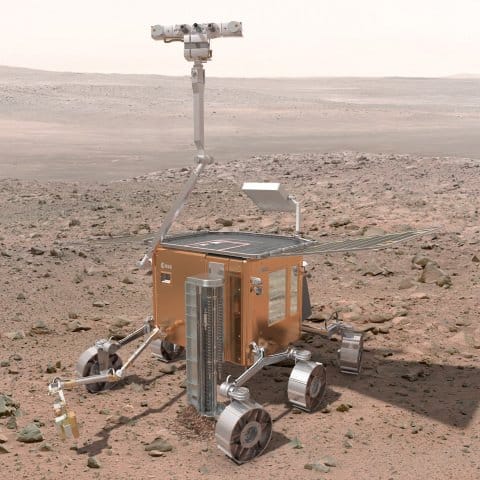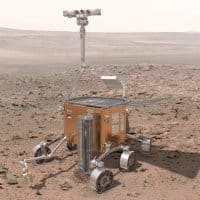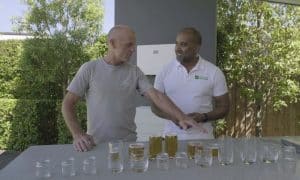As Opportunity, the plucky little solar-rover-that-could prepares for its 7th winter on Mars, development of its new big brother is well under way here on Earth.
The rover being built for the ExoMars Programme will search for evidence of current or extinct life on the planet.
The 300 kg machine will have solar panels working in combination with a 1142 Wh (nominal) Li-ion battery system developed by Saft.
According to Saft, its MP Integration xtd cells are very compact, lightweight and offer high performance; even when operating in extreme fluctuations in temperatures from -40 ˚C to +85 ˚C.
“Saft pioneered the spaceflight application of Li-ion batteries and we are delighted to be working with Airbus Defence and Space Ltd as Li-ion technology takes the next step to planetary exploration,” said Saft’s Yannick Borthomieu.
The rover will be able to navigate and drive autonomously at least 70 metres a day across the surface of the red planet. The ExoMars Rover needs to be highly autonomous due to infrequent communications windows being available – just 1 or 2 short sessions per Martian day.

Each wheel of the ExoMars Rover can be independently steered and driven; enabling the vehicle to “walk” in a fashion. The rover features a wide array of technologies, including inclinometers, a gyroscope and sun sensor. In addition to cameras, a ground penetrating radar will also be used.
An internal laboratory in the Rover will examine samples drilled from the red planet using four different instruments for performing detailed chemistry, physical, and spectral analysis.
The ExoMars Rover is expected to be on its way to Mars in 2018.
A brief update on Opportunity: During much of June, the rover ceased activities due to the sun disrupting radio transmissions between Earth and Mars. Opportunity recommenced its forays on June 27. After studying a band of material at the edge of “Spirit of St. Louis Crater,” Opportunity will spend the upcoming Martian winter examining exposures of clay minerals.
Opportunity arrived on Mars in 2005, along with its twin, Spirit, which fell silent in March 2010. Their mission was originally designed to only last for 90 days.
The latest updates on Opportunity’s activities can be viewed here. Further information on the Exomars Programme can be viewed here.







































